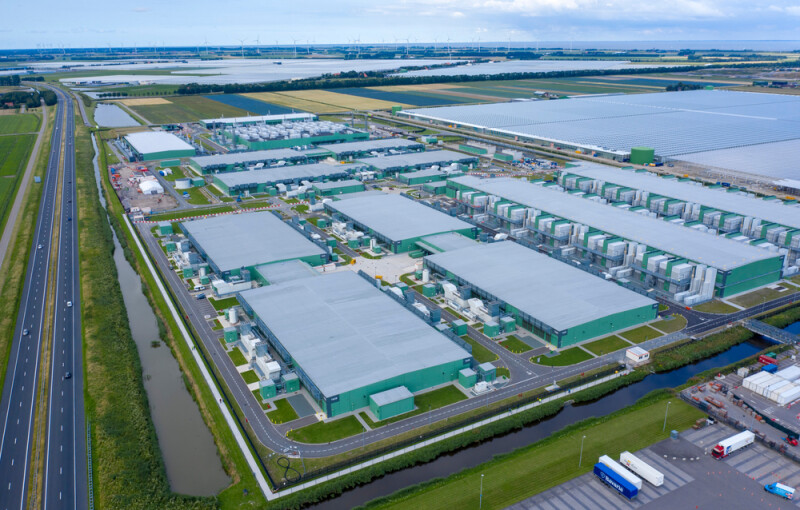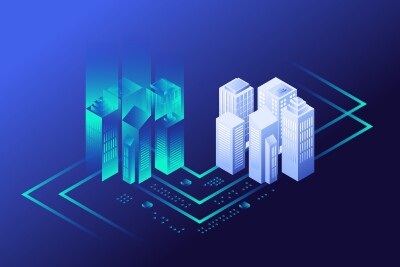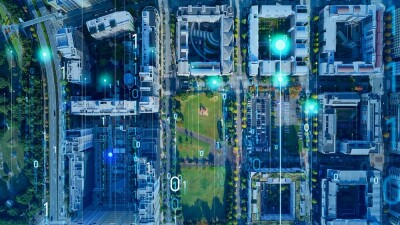It’s often said today that data is the new oil, and there’s clearly plenty of truth to that. Everyone – and really, every thing – is producing massive amounts of data on a daily basis, and this data is driving some of the largest industries on the planet. The current boom is only making this data more valuable. One of the big drivers for this massive growth in data over the last decade is the shift to the cloud, meaning companies and people don’t need to hold their data “on-prem” anymore. The data still needs to be stored somewhere, though, and as a result data centers are taking an increasingly large chunk of the construction industry’s workload.
That growth is not expected to slow down any time soon, either, as data storage is only going to become more important. Consider, for example, one study that indicates the already robust global space of data center construction was worth $237 billion, and is expected to grow to $453.5 billion by 2033 for a compound annual growth rate (CAGR) of 6.7 percent. However, all of these data centers lead to an existential question that faces all construction today: How do we ensure as little environmental damage as possible?
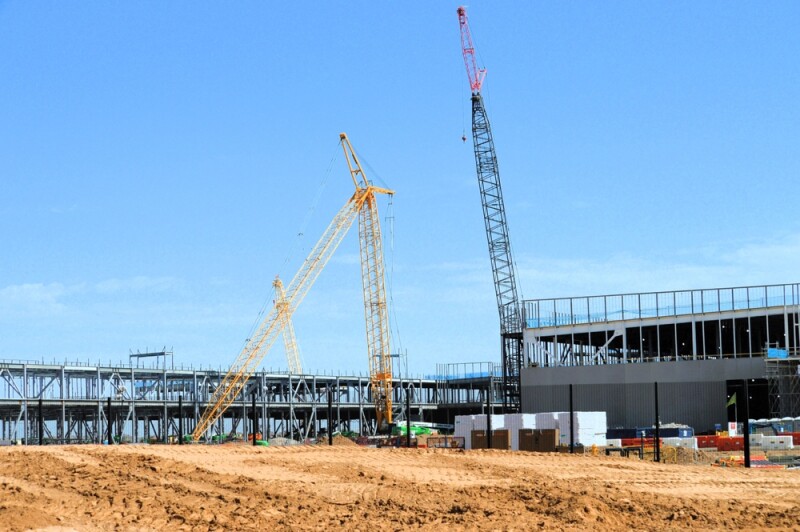
Like most other large problems facing the construction industry today, cutting edge technology is the answer. And in fact, data centers may be the reason some of these tools have become more mainstream. In conversations with industry insiders and experts, the proliferation of these projects is given as a reason for new technology being accepted as the owners of these centers are, almost by definition, tech savvy and thus expect the same from their contractors. In this case, digital twins are the key to ensuring sustainability for these structures.
This is something that came up in a recent webinar hosted by the Digital Twin Consortium entitled Enabling a More Sustainable Future Through Virtual Twins. The presentation given by Dr. Charles Luzzato of Dassault Systèmes focused on more than just data centers, but a portion was dedicated to that specific case and how digital twins – or “virtual twin systems,” as Dassault Systèmes calls them – are helping to ensure minimal carbon emissions.
In the talk, Dr. Luzzato points out that today data centers are responsible for somewhere between one and one-and-a-half percent of global electricity demand. However, that only leads to 0.3 percent of all global carbon emissions, with digital twins playing a role in reducing that. With digital twins, he explains, companies are able to perform simulations and utilize these models throughout the lifecycle of a project, from design to construction and through operations and maintenance.
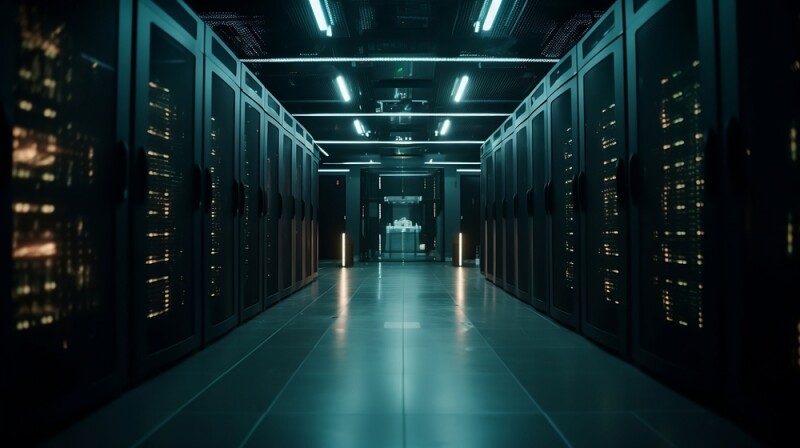
Digital twins are used all the way down to single servers, allowing designers to have a clear understanding of how power will flow through an entire center and thus the cooling measures that will be needed. During construction and operations, real-world data is then synchronized into the digital twin to give early indications if something needs to be fixed and help drive future decisions for both that center and similar ones that may be built moving forward.
This is not a unique proposition from Dr. Luzzato and Dassault Systèmes, of course. Digital twins are an important part of these workflows all over the world. NVIDIA’s Omniverse, as an example, has an entire document dedicated to just how operators can create a digital twin of their data center. In thinking about it, they are the kind of facility that would absolutely benefit from these kinds of tools. They are generally large facilities with a number of different assets, but all interacting in a repeated and predictable way.
There is no slowing down the amount of data that is going to be collected and stored in every walk of life moving forward, and given the continuing proliferation of AI tools it’s only going to accelerate. Thus, any estimates for the number of data centers needed moving forward will be, if anything, an undersell. Similarly, the need to lessen carbon emissions and overall environmental impact of all structures is only going to strengthen. In a lot of ways, these two facts run head first into each other, but it’s clear that for data center construction and operation, digital twins is the path of least resistance.


